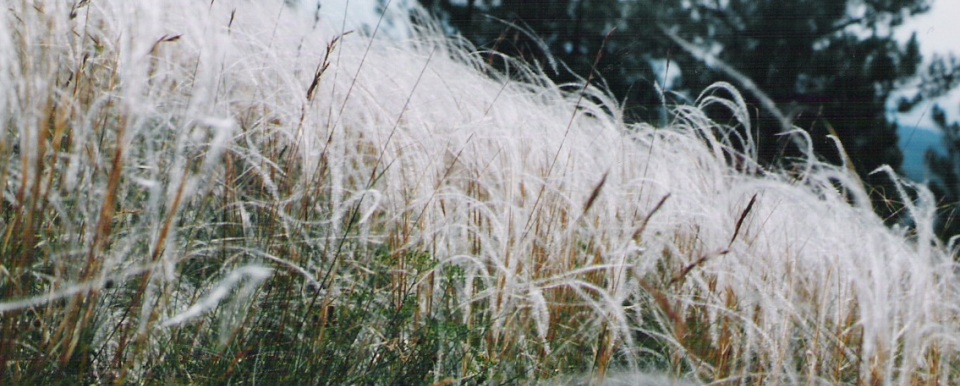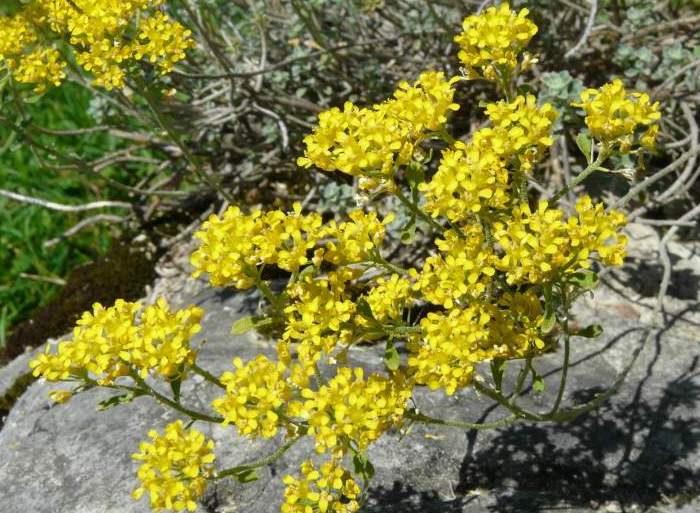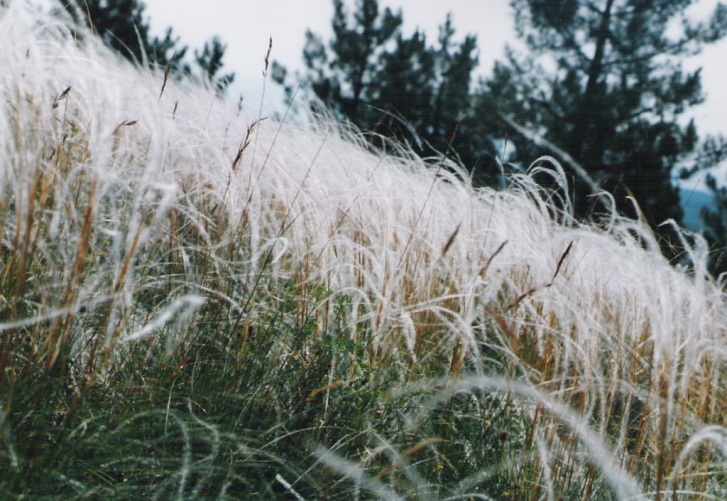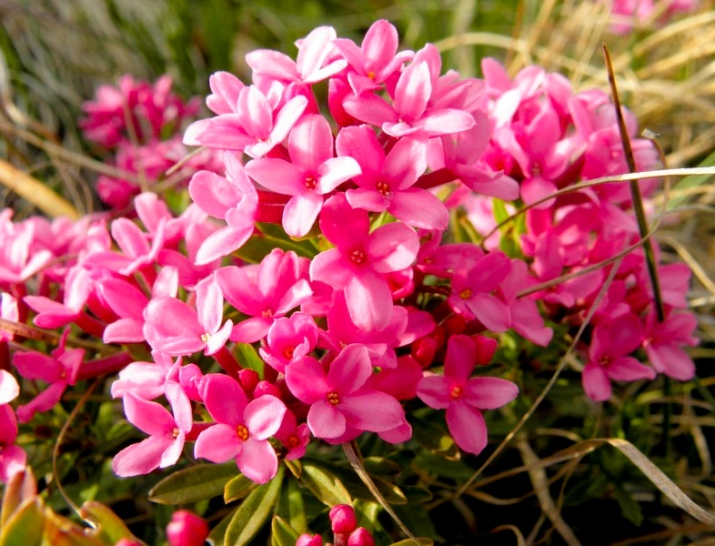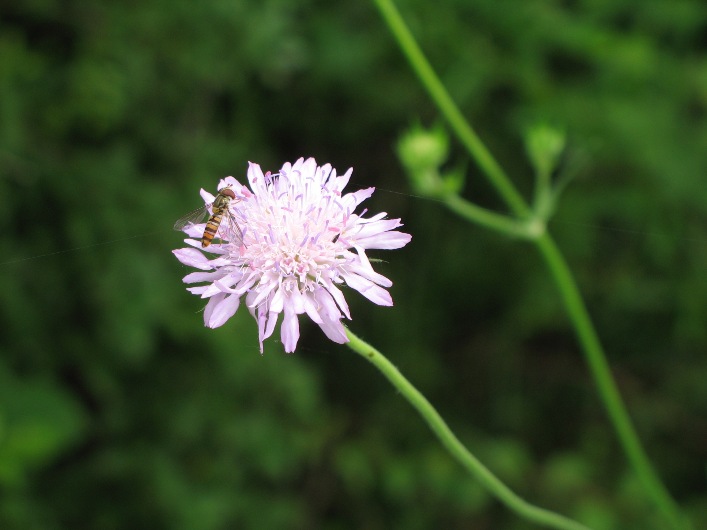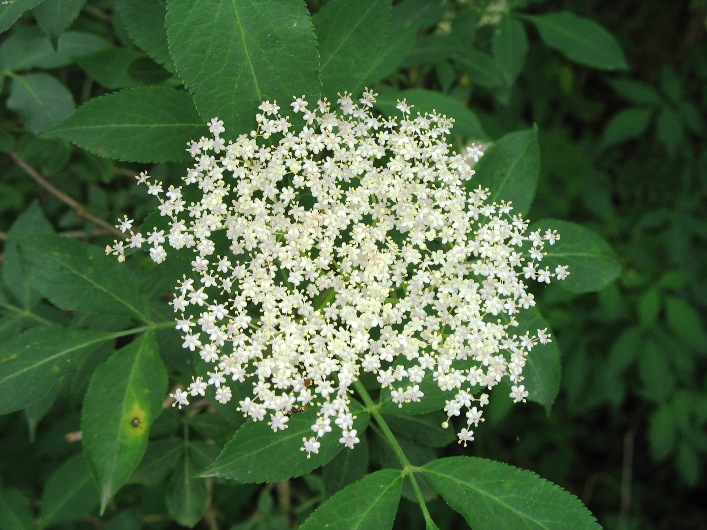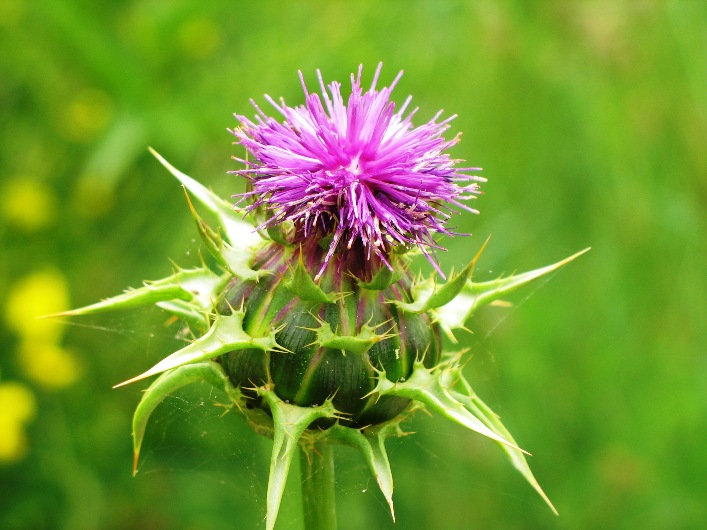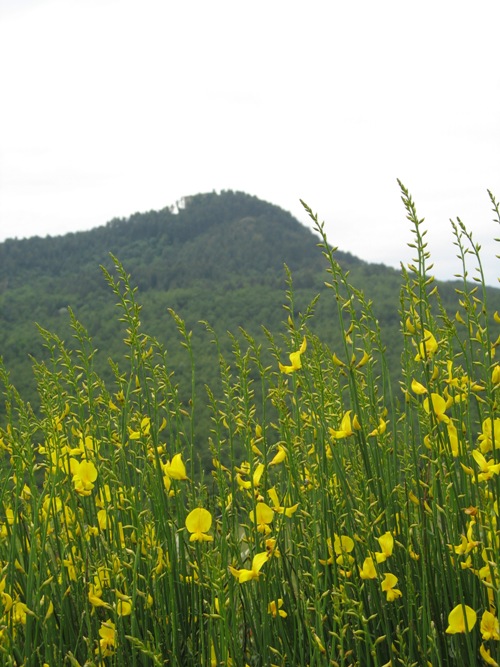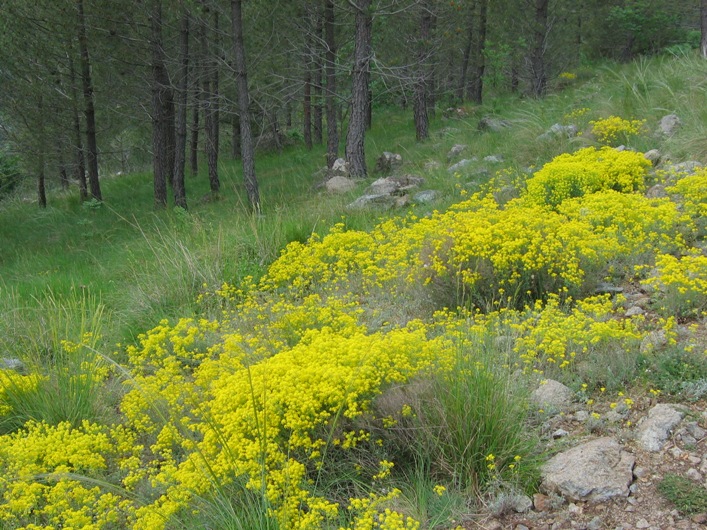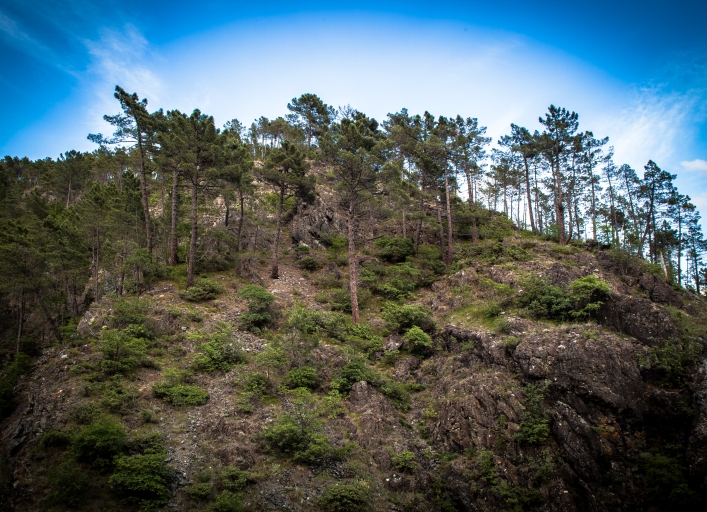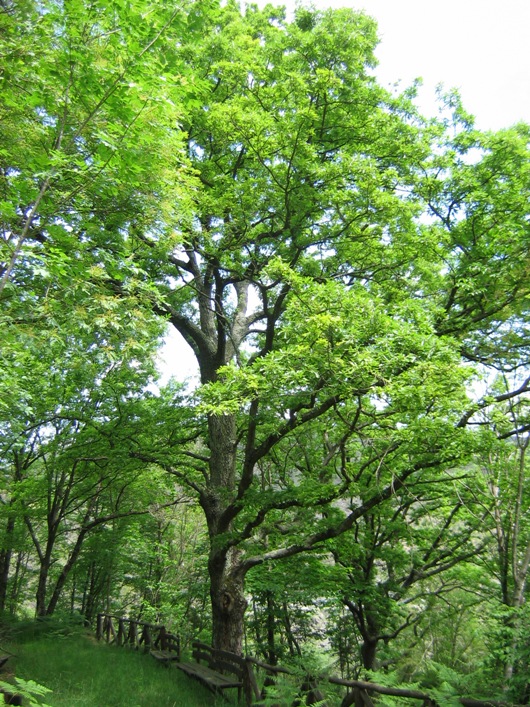You are in HOME > PLACES > NATURAL RESERVE OF MONTI ROGNOSI > null > La vegetazione dei Monti Rognosi
The flora of Monti Rognosi
The flora characterizing the natural reserve of Monti Rognosi is without any doubt the most peculiar aspect of this area. Ridges are mostly composed by serpentinite, gabbro and basalt which, being really compact and abundant of metals, are the base for rocky surfaces which are easily heated by the sun because of their dark color and then offer a very uncomfortable environment for many plants. However, despite these harsh conditions, several plants managed to flourish, adapting to the situation and ultimately finding their perfect habitat in this environment. Among the most common plants we can mention the juniper, easily recognizable for its green and sharp thorns and its colorful berries (very appreciated in cookery) and for which we can mention a few secular specimens in the reserve. The Erica is another commonly found herb in the reserve, with its minuscule greenish flowers, and it is usually exploited for roofing shacks or crafting brooms. Moving through the paths one could easily run into the Helichrysum, a small plant with grey leaves and yellow flowers which emanates an unmistakable smell of licorice, or the alyssum a yellow-flowered plant which lives thanks to the nickel, abundant in the rocks of the park. Another common plant is the stipa pennata, usually known as the “flax of the fairies”, recognizable by its long stem culminating with a small silver-coloured spike. It is easy to find in this area many interesting plants which find themselves at ease in arid and rocky terrains, and ophiolites are sort of a refuge for them. In Tuscany, the only area in which the garland daphne (also known as rose daphne) flourishes is the natural reserve of Monti Rognosi. The most frequent tree found in the reserve is the pine, which underwent an intense process of reforestation. There are two species of pine: the maritime pine, with its reddish bark and its conic pine cone, opposed to those from the black pine which are oval. Where the ground is less rocky, prevalently along the water streams (namely Sovara and Cerfone) it is easy to find more traditional trees like oaks, poplars, willows and hop hornbeams.



